This snake robot can climb walls.



Yesterday I wrote about a poll conducted by researchers at the University of Michigan that found people were interested in flying cars if they were autonomous, shared and electric. As soon as I posted that, I found an email in my inbox saying that ChargePoint and Uber Elevate, among others at the recent conference on flying vehicles, had partnered to prepare for just that exact scenario.
ChargePoint announced the Express Plus charging platform at CES 2017, which allows for faster, more powerful charging and modularity. That means that owners of the stations can expand their charging options as they need to — which includes charging electric flying cars. The latest estimates say that it will take a minimum of 300 kW to charge a flying car 25 percent in 5 minutes, or 25–90 percent in 15 minutes. ChargePoint’s Express Plus stations can deliver up to 400 kW per port right now, so operators could add a station for flying vehicles in the future without ripping out infrastructure that’s already in place.
ChargePoint already knows that charging quickly generates a lot of heat, which is why it developed liquid-cooled hoses for its Express Plus stations. But charging a flying vehicle would likely require extended cooling, even around the battery pack itself during fast charging. The vehicle needs to be able to ascend to altitude within about 90 seconds, and the batteries need to be cool enough to take that strain.
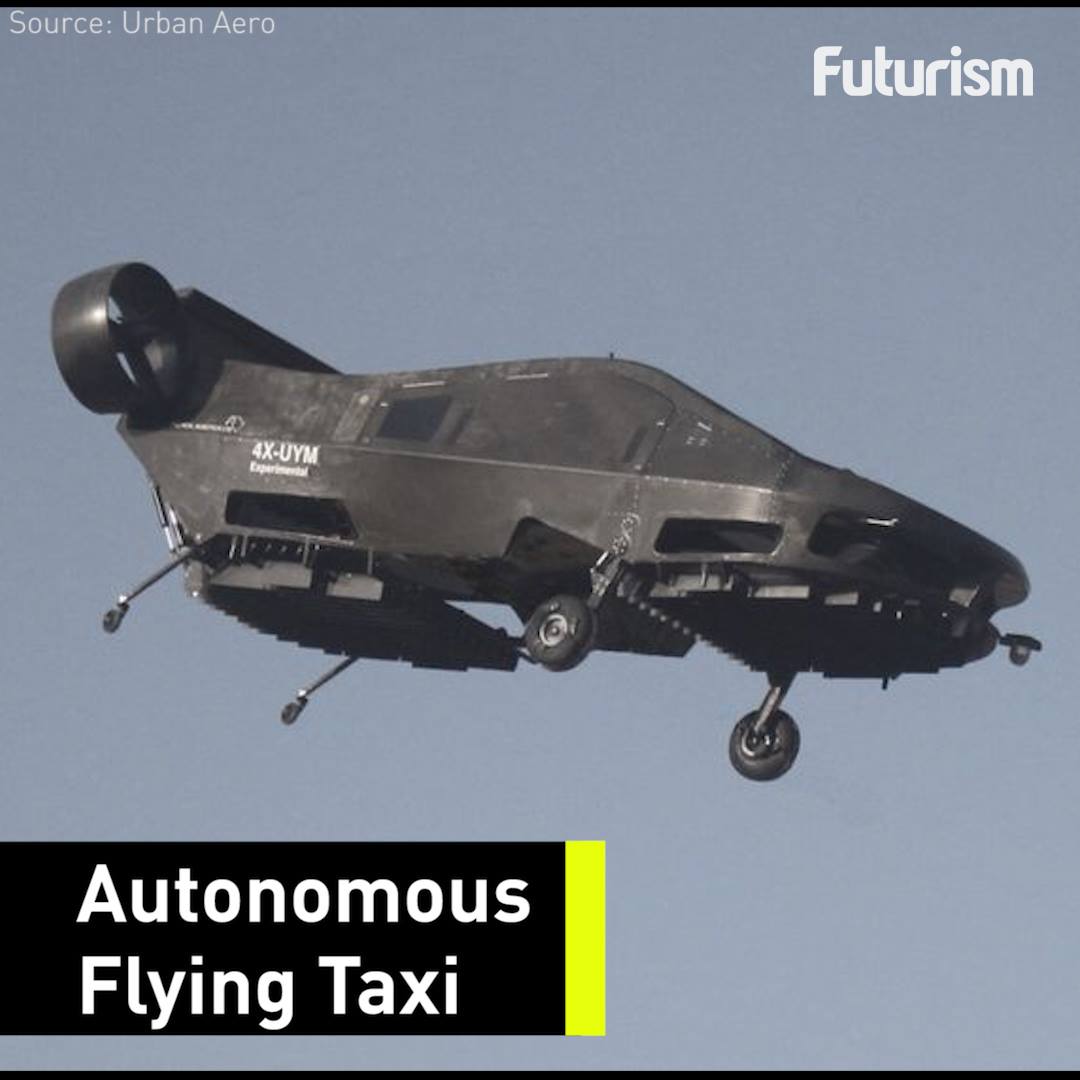

Natasha is faculty and Program Lead of Graduate Studies at the University of Advancing Technology. Her book The Transhumanist Reader — Classical and Contemporary essays on the Science, Technology and Philosophy of the Human Future is the most read book on transhumanism. She designed the first whole body prosthetic and establishing groundbreaking science on long-term memory after vitrification of C. elegans. Her creative works have been featured in WIRED, The New York Times, The Observer, MIT Technology Review, U.S. News and World Report, YMAZING ![]() smile and in more than a dozen documentaries. She is Chair of Humanity Plus.
smile and in more than a dozen documentaries. She is Chair of Humanity Plus.
Natasha Vita-More World Business Dialogue #facingchange #20thwbdialogue #FutureOfHumanity #wow #ymazing Sam Dawkins

Not sure why he’d want to go to the gym though;
Oh, and in seriousness, i hope the Russians actually deploy this thing in the field so that Google gets a well deserved kick in the ass for what they’ve done to Boston Dynamics.
Russian ‘combat robot’ can shoot guns, lift weights in training at the gym and even drive a car The Kremlin are planning on launching the robot into space and are working on technology that would allow even it to make its own decisions.
By Abigail O’Leary
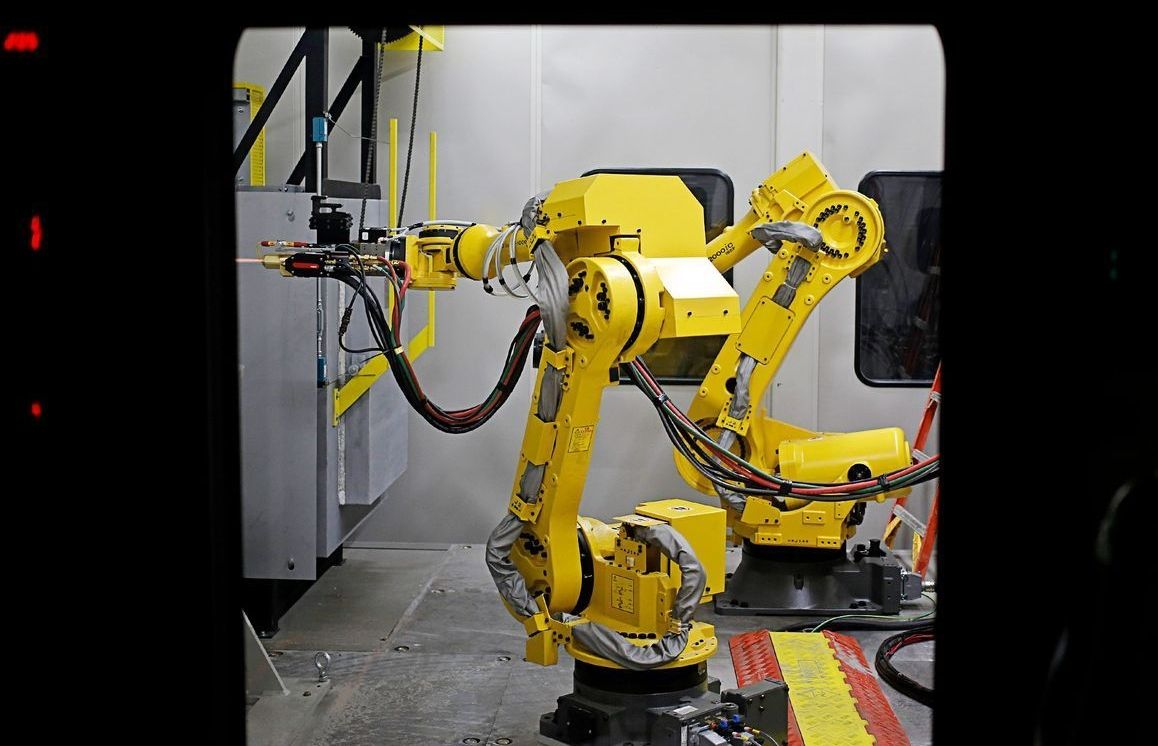
America’s working class is falling further behind.
The rich-poor gap — the difference in annual income between households in the top 20 percent and those in the bottom 20 percent — ballooned by $29,200 to $189,600 between 2010 and 2015, based on Bloomberg calculations using U.S. Census Bureau data.
Computers and robots are taking over many types of tasks, shoving aside some workers while boosting the productivity of specialized employees, contributing to the gap.

MICROSOFT WILL BUILD computers even more sleek and beautiful than Apple’s. Robots will 3D-print cool shoes that are personalized just for you. (And you’ll get them in just a few short days.) Neural networks will take over medical diagnostics, and Snapchat will try to take over the entire world. The women and men in these pages are the technical, creative, idealistic visionaries who are bringing the future to your doorstep. You might not recognize their names—they’re too busy working to court the spotlight—but you’ll soon hear about them a lot. They represent the best of what’s next.
You might not recognize their names—they’re too busy working to court the spotlight—but you’ll soon hear about them a lot. They represent what’s next.
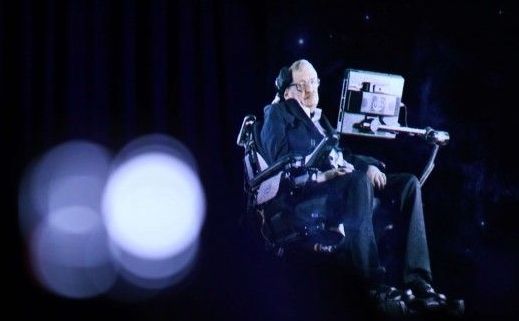
Stephen Hawking has warned China that the rise of powerful artificial intelligence could be “either the best or the worst thing ever to happen to humanity” as the country’s technology companies pour resources into competing with Western rivals in a race to dominate the field.
World-renowned physicist’s stark warning comes amid fierce global competition to develop artificial intelligence technology.
PUBLISHED : Thursday, 27 April, 2017, 3:48pm.
UPDATED : Thursday, 27 April, 2017, 3:48pm.
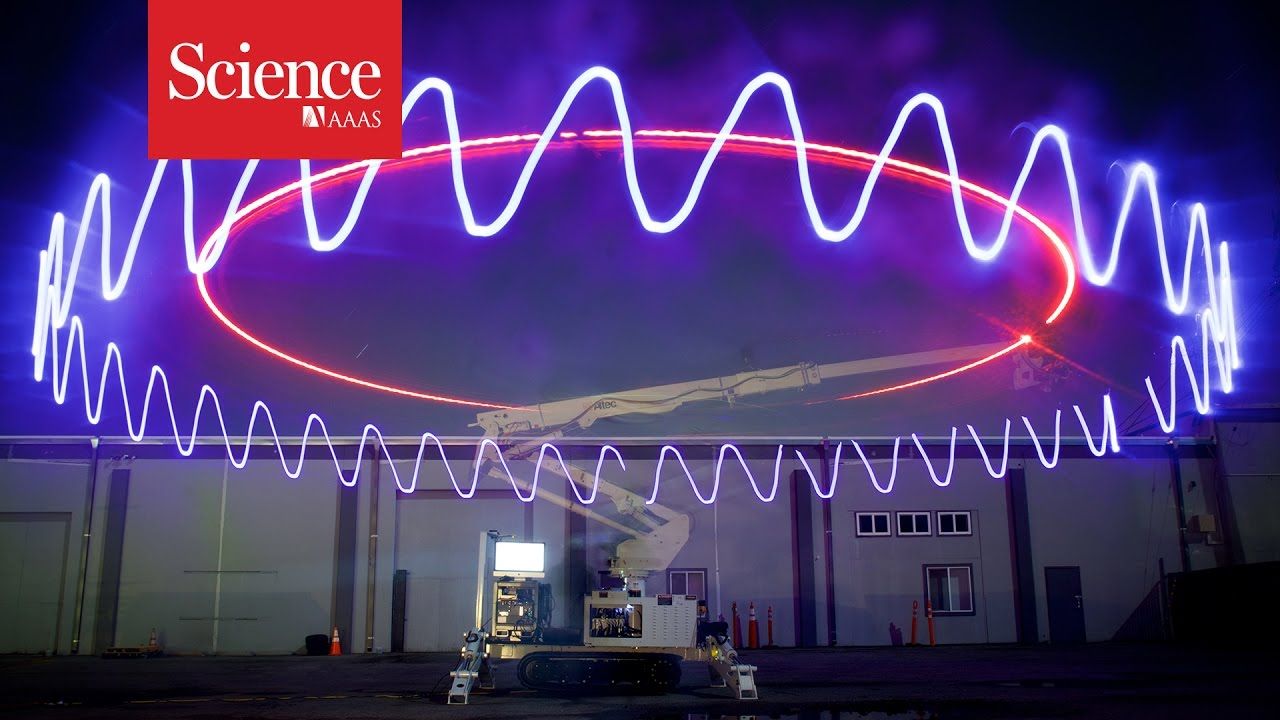
Researchers at the Massachusetts Institute of Technology have created a double-armed, laser-guided robot that can basically 3D print a 50-foot-wide house in less than 14 hours with almost no human intervention. The Digital Construction Platform, described today in Science Robotics, consists of a large hydraulic arm mounted on a platform with motorized treads, plus a smaller electric-powered arm for finer movements. The MIT team programmed the solar-powered machine to spray out foam construction material, layer by layer, to form a 12-foot-high, igloo-like structure big enough to house a family. The researchers hope such robots could someday be sent to the moon, Mars or Antarctica to build “print-in-place” habitats from the materials at hand … or at manipulator.
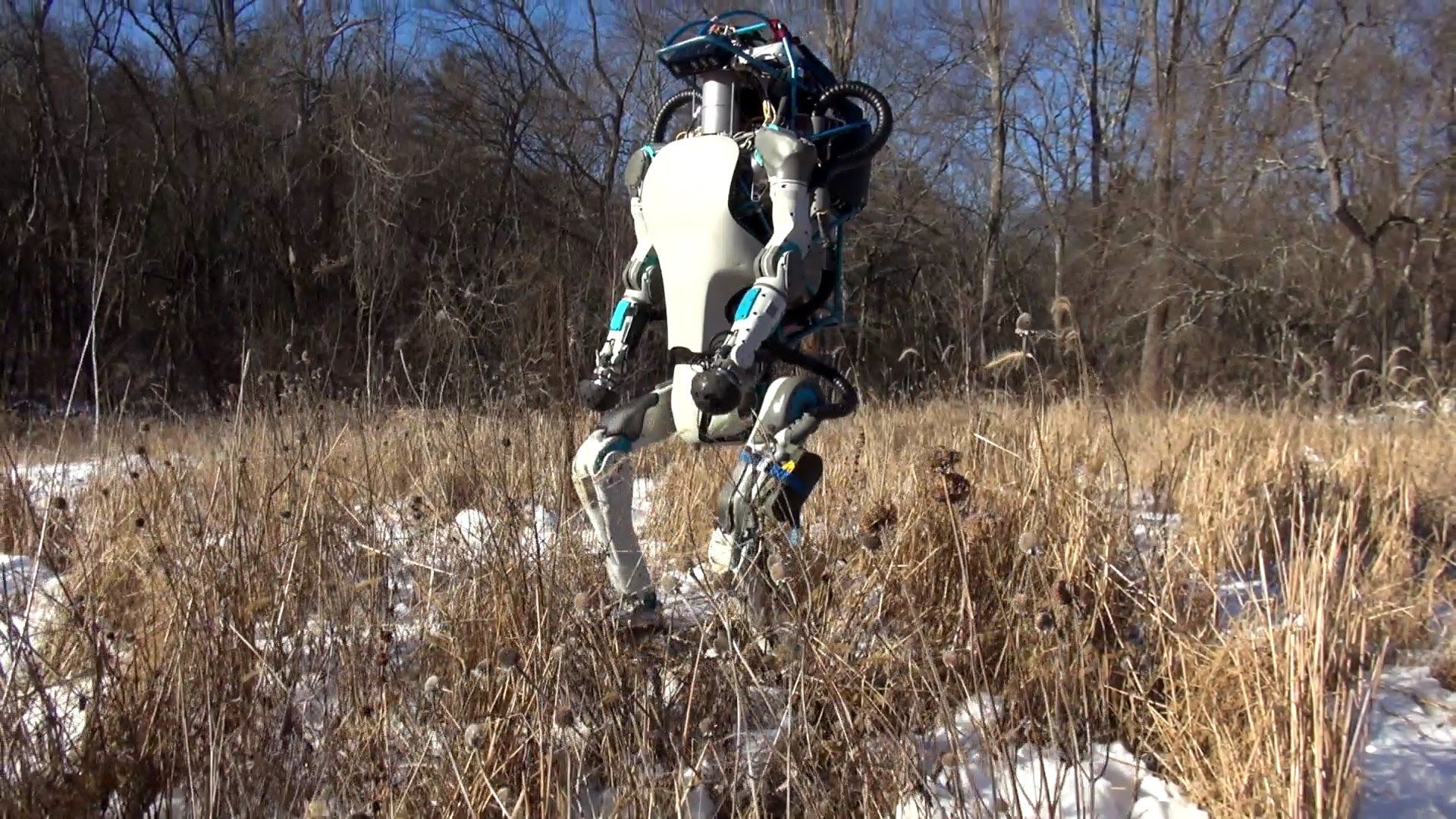
Increasingly human-like automated weapons demand an honest accounting of our emotional responses to them.
The audience of venture capitalists, engineers and other tech-sector denizens chuckled as they watched a video clip of an engineer using a hockey stick to shove a box away from the Atlas robot that was trying to pick it up. Each time the humanoid robot lumbered forward, its objective moved out of reach. From my vantage point at the back of the room, the audience’s reaction to the situation began to sound uneasy, as if the engineer’s actions and their invention’s response had crossed some imaginary line.
If these tech mavens aren’t sure how to respond to increasingly life-like robots and artificial intelligence systems, I wondered, what are we in the defense community missing?